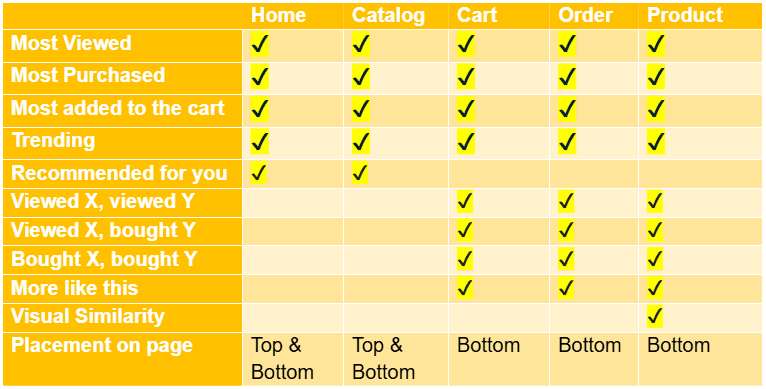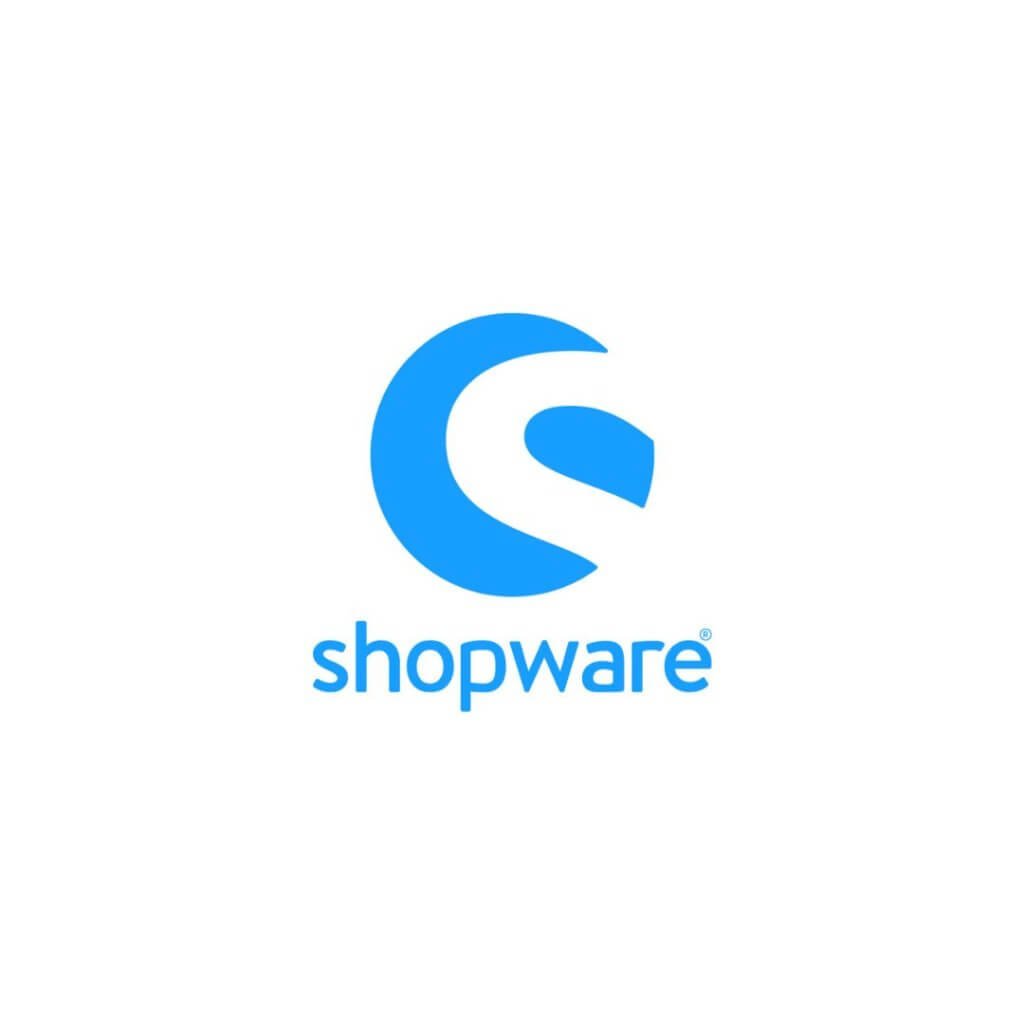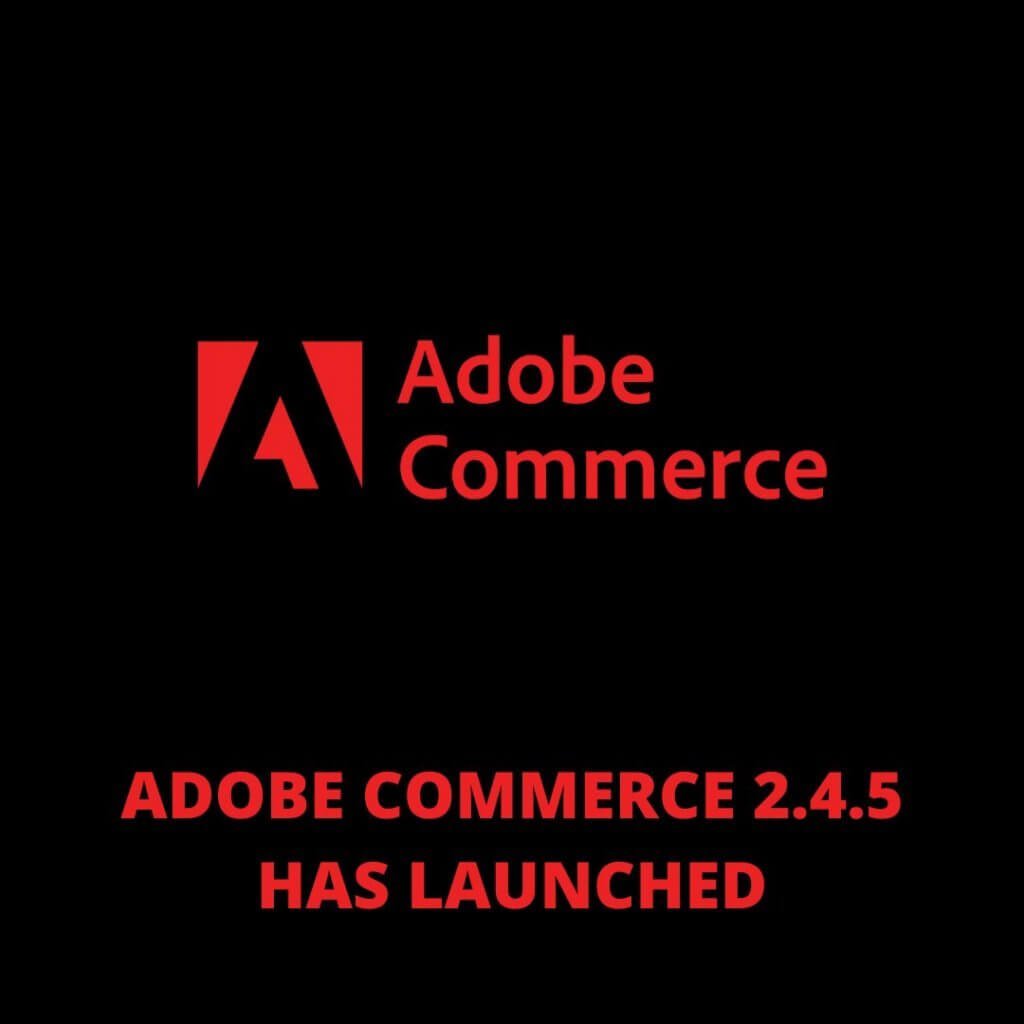
In this thriving e-commerce world, one can’t sustain without leveraging AI to stay ahead of the competition. Artificial intelligence has penetrated almost every industry, and its maximum potential has undoubtedly been observed in the e-commerce industry. As global internet access and adoption have increased rapidly, with over 5 billion internet users globally, the number of people online purchases is ever increasing. In 2024, retail e-commerce sales are estimated to exceed 4.1 trillion U.S. dollars worldwide.
These statistics are just a glimpse of the high potential e-commerce industry. More and more traditional businesses are going online every day, and thus, the competition is also increasing parallelly.
In the e-commerce world, Magento holds a great reputation as a top-notch e-commerce development platform for startups, businesses, and enterprises. Magento 2 is used by 203,717 websites, with 76,705 live sites and 324,353 redirecting domains, all of which provide location, hosting, and contact information. We have always recommended that Magento 1 owners switch to Magento 2 because of the better security, usability, and performance.
Adobe Commerce (earlier known as Magento Commerce) is the paid edition of Magento, which comes with highly advanced AI features and functionalities to power your Magento stores. Adobe Sensei power its AI features. One such feature is AI-powered product recommendations.
In this article, we will go through all the aspects of the Adobe Commerce AI-powered product recommendation tool, how it can benefit, how to install it, and much more. Let’s begin with the basics.
What are AI-Powered Product Recommendations in Adobe Commerce?
The AI-powered product recommendations are a powerful marketing tool by Adobe Commerce that you can use to increase conversion rate, boost sales, and increase customer engagement. Adobe Sensei powers Adobe Commerce product recommendations by using artificial intelligence and machine learning algorithms. It performs a deep analysis of aggregated visitor data. This data is combined with the Adobe Commerce catalog to deliver a highly engaging, relevant, and personalized experience.
You must have seen a section on e-commerce stores with titles like “Customers who viewed this product also viewed”; it is powered by a product recommendations rule engine. You can create, manage, and deploy recommendations across your store views directly from the Adobe Commerce Admin.
You can leverage product recommendations powered by Adobe Sensei to intelligently automate your recommendations at scale. Product recommendations allow you to:
- Select from nine distinct recommendation types based on the following areas: shopper-based, item-based, popularity-based, trending, and similarity-based
- Use behavioral data to personalize recommendations throughout the shopper’s storefront journey
- Measure key metrics to each recommendation to help you understand the impact of your recommendations
Features of Adobe Commerce AI-Powered Product Recommendations:
There is no additional fee for using product recommendations for merchants who are already using Adobe Commerce. This rule engine is available for Adobe Commerce 2.3 and later versions. These AI-based recommendations become another reason why you should migrate your store from Magento 1 to Magento 2. If you are looking for Magento development services that can help you migrate your store from Magento 1 to Magento 2, then we are here to help.
We hold a great reputation for providing Magento migration services, i.e., moving the Magento store from Magento 1 to Magento 2. We consider all the aspects, such as safe data transfer, implementation of all existing features & functionalities, security, and others.
So, coming back to product recommendations, here are the five major features of Adobe Commerce AI-powered product recommendations:
a. Auto-tagging and Catalog Synchronization:
The AI-powered engine enables automatic and immediate storefront tagging, as well as error-free catalog synchronization. You do not need to know how to code to add Sensei technology to your Magento store. Catalogs are also automatically updated and synchronized with the cloud service that the store utilizes. This decreases the stress on the website server while increasing the performance of an online store.
b. Differentiated Experience:
Machine learning technology is used to collect data on user behavior. Artificial intelligence technology further uses this data to identify user trends and optimize the demand-supply balance. Thus, there will be less manual effort for sales and marketing teams.
c. 9 types of recommendations:
As we mentioned above, this AI-powered recommendations tool uses nine distinct recommendation types. Merchants can enable trending product recommendations, most purchased, similar products recommended for you, and others. Please check the table below that showcases different types of widgets and the segments of the store where you can use them:

The table ostensibly seems quite complicated. Let us give you a quick overview of what each product recommendation type means.
- Most Viewed Products: These are the products that were most viewed by the users within the last 7 days
- Most Purchased: These products were most frequently bought within the last 7 days.
- Most added to Cart: These are the recommendations of the products that were added to the cart most by the users within the last 7 days.
- Trending: This widget is based on the growing popularity of the products
- Recommended for you: It refers to the products that were recommended as per the past browsing history and data analysis of previous orders and shopping behavior
- Viewed X, viewed Y: These are the recommendations that show what items were viewed by the other customers who have viewed particular items before
- Viewed X, bought Y: These are the items that were purchased by users who viewed other particular items
- Bought X, bought Y: This widget recommends products that were purchased by the same people who purchased other (particular) items before that.
Benefits of the Product Recommendation Tool:
The AI-powered product recommendation tool offers a plethora of benefits to e-commerce store owners.
1. Increase Sales and Revenue:
A huge number of online businesses are witnessing an increase in their revenue and sales by accurately analyzing customer behavior patterns and showcasing the right products to purchase. A prime example is Amazon, which has witnessed a huge 29% rise in annual sales, not in small part but because of its intricate recommendation system.
2. Increased Customer Engagement:
The customers find the e-commerce store more interactive when they encounter products that are more relevant to them. It increases the likelihood of customers making a purchase. Also, there is a high chance that the customers will visit the store again and again.
3. Increases Efficiency:
An ML-powered product recommendation system increases the productivity of your business in various ways: it frees up your employees from performing manual tasks and improves merchandising management. Furthermore, a recommendation system generates accurate information that you can utilize to make better business decisions and achieve your objectives.
How E-commerce Personalization is Performed?
There are three major steps involved in the workflow of a product recommendation system powered by AI and ML technologies.
1. Data Collection:
Firstly, the customers’ data is collected. It is assisted by your e-commerce store frontend, which records all the interactions of visitors to the website. There are two major types of data: Explicit data, which includes comments, ratings, feedback, etc., and implicit data, which covers search history, clicks, order history, etc.
2. Storage:
After the data collection, the data will be stored safely and permanently. This data will be easily accessible by the machine learning platform. Additional storage will also be provided for the frontend to access related recommendations.
3. Analysis:
Here comes the most important part, i.e., analysis of customer data. The AI-product recommendations tool employs various methods of analysis:
Real-time analysis: As the data gets generated, it is analyzed instantly. This method is used to provide quick suggestions to the users and requires a tool that can analyze streams of events.
Batch analysis: The batch analysis is performed at a periodic interval (for example, daily) after enough data is collected. This method is mostly used for marketing campaigns.
Near-real-time-anlaysis: This strategy entails acquiring and evaluating data fast (within a few seconds or minutes) and is best suited for recommending relevant products during the same online session.
How do you install the Product Recommendation tool in your Adobe Commerce Store?
Adobe Commerce has released a complete product installation guide that you can follow to install the product recommendation tool. To install the product recommendation module, you should go to Magento/product recommendations and install it.
composer requires magento/product-recommendations
Then, if you want to use the product recommendation module with the page builder, install page builder support by entering the command:
composer require magento/module-page-builder-product-recommendations
Merchants can easily add pages to their store with the drag-and-drop functionality and page builder. They can also adjust the features of product pages. They can utilize the page builder to include suggestion widgets on a webpage. If a merchant has a segmented audience, they can apply multiple product recommendation kinds to distinct customer groups by adding dynamic blocks and configuring widget units.
You can use the following composer to keep the module running:
composer update magento/product-recommendations—with dependencies
To utilize the module, you need to add configurations, such as an API key to connect to your storefront and the SaaS infrastructure.
If required, you can uninstall the product recommendation module anytime. From the Magento Admin Panel, you can check what recommendation widgets are displayed on the storefront. There will be an intuitive dashboard from where you can manage, add, and remove widgets. Also, the admin panel will let you check the analytics on each recommendation type. It will help you know the performance of each widget and keep the widgets active, which have the biggest impact on your sales.
You get access to the data on
- No. of times the widget is loaded
- No. of times customers see the widget
- No. of times the customer interacts with a widget
- Revenue associated with a recommendation
Wrapping Up:
In this article, we have covered every possible aspect of the product recommendation tool offered by Adobe Commerce. This tool will increase the average order value, improve the conversion rate, and help customers reach their shopping goals faster.
At Ceymox Technologies, the best adobe commerce development company in India, we can help you develop high-performing e-commerce stores from scratch. Our Magento developers have vast experience in building Magento stores with advanced features and functionalities. Let us know your requirements.
Santhosh P is the Chief Technology Officer (CTO) of Ceymox, bringing over 15 years of experience in e-commerce development and more than 13 years of expertise in Magento. He has completed numerous projects for clients across various industries and regions.He has extensive experience in Magento PWA (Progressive Web Apps), VueStoreFront, and Scandi PWA, delivering fast, responsive, and user-friendly experiences for online shoppers. His proficiencies include:Hyvä Magento speed optimization Magento 2 migration and upgrade Magento extension development Magento mobile development Adobe Commerce development Third-party integration with Magento Magento core functionality enhancement Magento multi-store and multi-website development Magento SEO customization Magento marketplace integration Magento ERP/CRM integration Magento mobile integration (Android, iOS)Santhosh holds multiple Adobe certifications, including Adobe Certified Expert - Adobe Commerce Developer, Adobe Certified Professional - Adobe Commerce Developer, and Magento 1 Certified Developer Plus.
View All Articles









